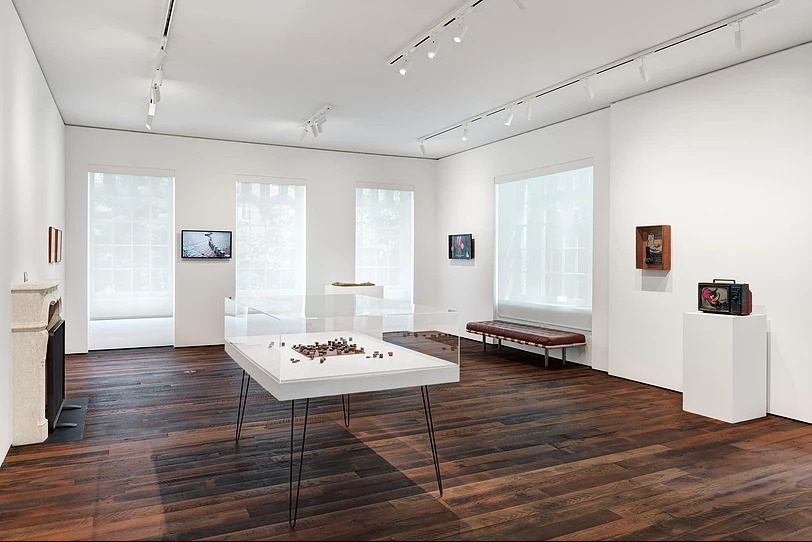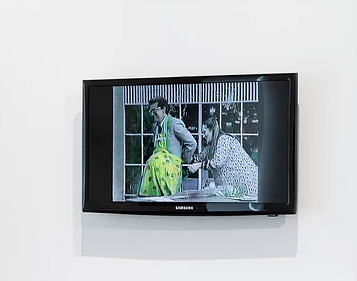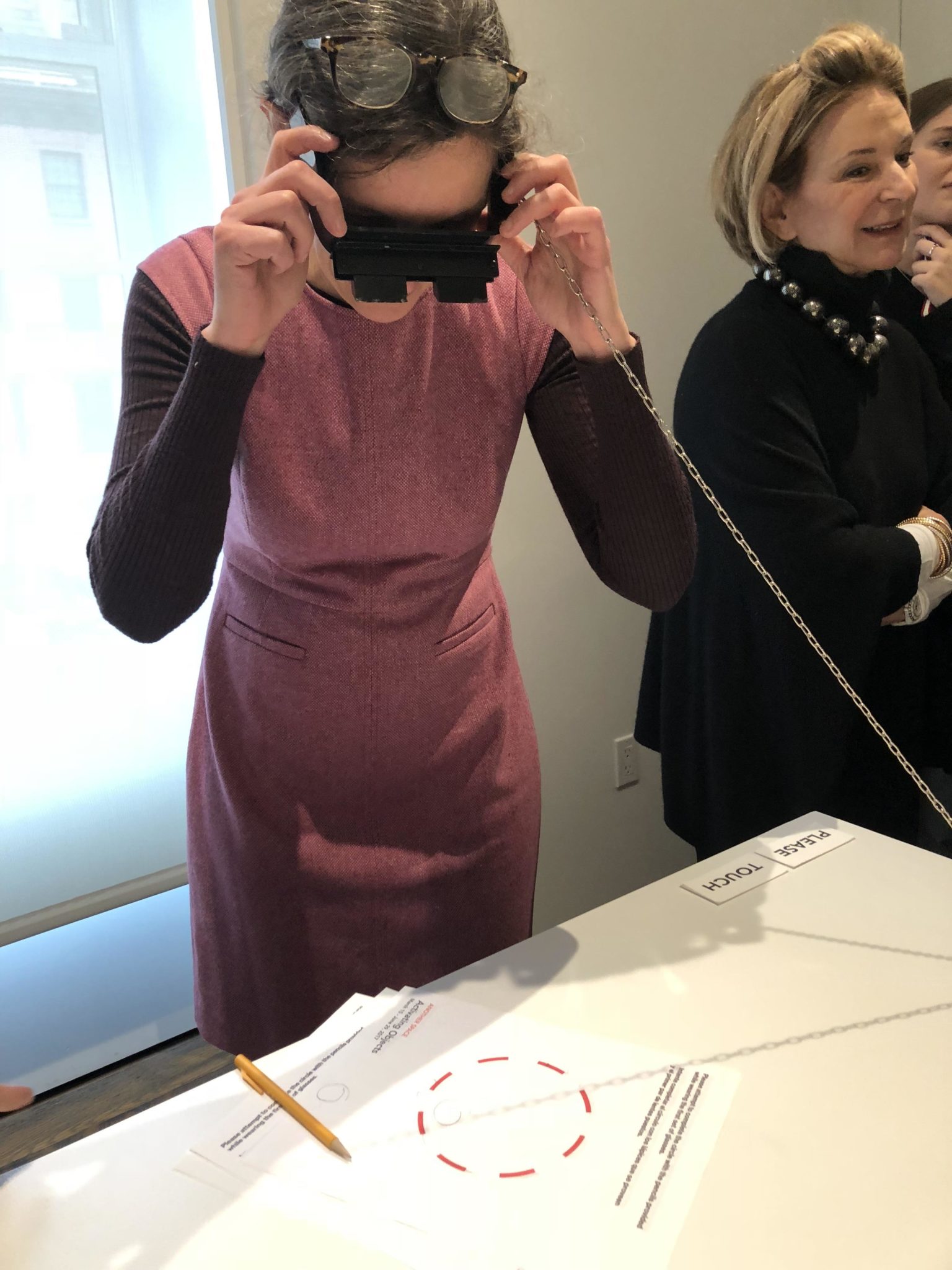A report on CIMA’s field trip to”Works from the Collection II” at ANOTHER SPACE
In a 2008 interview published in The New York Times, Estrellita B. Brodsky was hailed as a “budding ambassador for Latin American art.” At the time of the interview, she was completing her doctoral dissertation on Latin American artists in postwar Paris atNew York University’s Institute of Fine Arts while also continuing to devote her energy, wealth, and connections to raising the profile of Latin American art in museums and in the international art market. As a testament to her long-term commitment to this endeavor, in 2015 Ms. Brodsky founded ANOTHER SPACE, a private program that supports research, exhibitions, and publications in the field of Latin American art in addition to providing a forum in Chelsea for guest-curated exhibitions and educational programs.

On February 15th, 2018, CIMA fellows, staff, and interns were warmly welcomed to ANOTHER SPACE’s gallery by Ms. Brodsky and Juliana Mascolo for a tour of the exhibition Works from the Collection II: The Play Drive.
Building upon the previous show curated by Mauricio Marcín, Activating Objects: The Art of Play, Works from the Collection II ingeniously explores the ambivalence of games and play. Specifically, the current installation focuses on the historical and political dimensions of play as an aesthetic practice. Bringing together artists from different generations and regions, the exhibition invites visitors to critically question the limits, functions, and purpose of games in relation to the generally understood rigor of the rational and programmatic world of technology. Concentrating on this tension, the selected works appropriate and re-contextualize multiple forms of technology and physical play. Mexican artist Melquiades Herrera, for instance, playfully ‘masquerades’ himself as a comb-seller and uses television to broadcast his own video-performance Venta de peines (1994). At once childishly fun and terribly adult-like, Herrera uses the jargon of popular T.V. commercials to hilariously champion the comb as an object capable of entering the world of “high” art. Similarly, Mónica Mayer and Maris Bustamante from the feminist collective Polvo de Gallina Negra exploit the communicative capacity of mass media with precision and humor in Madre por un día (1987). As guests of a Guillermo Ochoa’s popular daytime talk show, the two women proceed to redefine the limiting ideals of the female body and its function by inviting the program’s host to become a pregnant mother for a day.

Mónica Mayer (Mexico, b.1954) and Maris Bustamante (Mexico, b.1949). Madre por un día, 1987. One channel video, 17:27 min. Courtesy of the artist, Mónica Mayer
This participatory spirit manifests within the exhibition, too, as viewers are invited to manipulate and play with with exhibited works.

Take for example Caranguejo (1960), Lygia Clark’s metal origami-like structure of collapsible parts that can be reconfigured into different constructions until it snaps back on those who manipulate it. For a more perspective-altering experience, visitors can don Julio Le Parc’s Douze lunettes pour une vision autre (1965)—unique and colorful glasses that do the exact opposite of correcting or
improving vision. CIMA’s executive director, Heather Ewing, challenged herself to trace the contours of a circle wearing a pair of black glasses that modify the horizontal line and destabilize one’s spatial perception.

Other featured artists like Xul Solar further subvert the meaning and uses of everyday objects and popular games. In the Pan ajedrez (ca. 1945), an elaborate version of the chessboard, the artist combined languages and symbols in an attempt to create a continuously evolving game.
Works from the Collection II: The Play Drive brings to the fore the historical and political dimensions of play as an aesthetic practice, engaging visitors with humor in an interactive atmosphere. For more information, visit ANOTHER SPACE’s website or book your appointment by writing contact@anotherspace.org.
